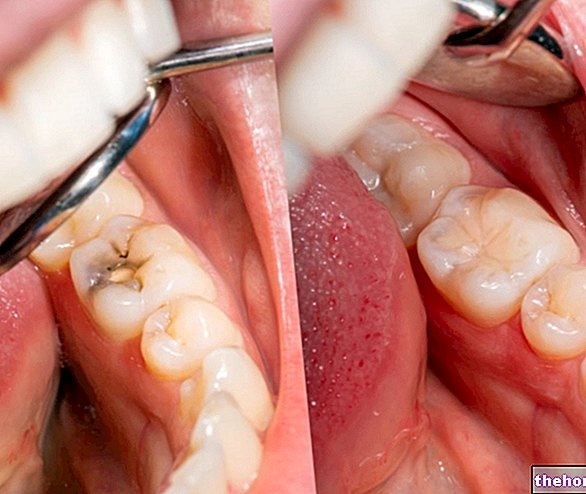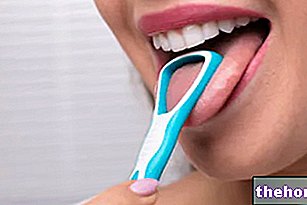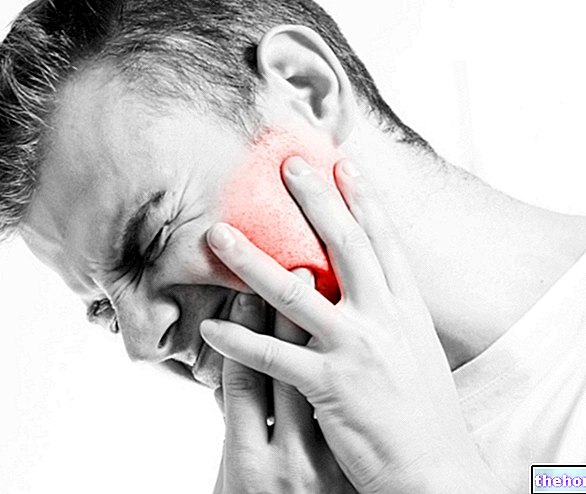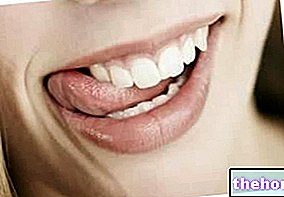Definition
We talk about dental malocclusion when the teeth of the upper arch are not perfectly aligned with those of the lower arch. In other words, dental malocclusion is an abnormal relationship between the teeth of the maxilla and those of the mandible.

Causes
The cause of dental malocclusion is often hereditary, which means that the structural abnormality is passed down genetically.
However, in some patients, dental malocclusion does not depend on genetic malformations, but rather on incorrect behavioral attitudes or other pathologies, such as:
- Infant habit of sucking the thumb, pushing the tongue against the teeth, using the pacifier after the third year of life, prolonged use of the bottle
- Bruxism (tendency to clench the teeth, even and especially during the night)
- Poor or unsuccessful dental interventions, such as dental fillings, tooth encapsulation and dental implant
- Loss of one or more permanent teeth
- Teeth severely chipped and not reconstructed
- Tumors of the mouth and jaw
- Mandibular fracture in childhood
- Rheumatoid arthritis (rare)
Classification
Classification of dental malocclusions (outline)
1st degree dental malocclusion
The bite is normal, but the teeth of the upper arch slightly overhang those of the mandible
2nd degree dental malocclusion (retrognathism and dental crowding)
The upper arch overhangs the teeth of the lower arch in a noticeable and evident way. The chin is receding and, generally, the interdental space of the upper incisors, as well as that of the lower incisors, is very pronounced.
3rd degree dental malocclusion (progenism or reverse bite)
The teeth of the mandible are evidently more advanced than those of the maxilla
Signs and symptoms
Please Note
Remember that only a very small percentage of people have perfect dental alignment. However, it often happens that dental malocclusion is so minimal that it goes completely unnoticed. In such circumstances, the patient does not experience any appreciable symptoms.
COMMON SIGNS
Dental malocclusion does not always manifest itself with the same signs. The most common types of dental occlusion alterations are listed below:
- dimensional difference between upper and lower arch
- jaw size too large or too narrow for the shape of the teeth
- overcrowding of the teeth
- reverse bite (the lower arch pushes further forward than the upper arch)
SYMPTOMS
Dental malocclusion can cause mandibular and extramandibular symptoms, even involving the spine.
The diversity of symptoms (as well as their severity) depends on the extent of the dental malocclusion:
- Chewing difficulties
- Misalignment of the face
- Increased risk of caries, periodontal diseases (e.g. gingivitis, pyorrhea, gingival bleeding) and temporomandibular changes
- Tendency to breathe with the mouth open
- Tinnitus or ringing in the ears, dizziness and ear pain (symptoms often associated with Cranio-mandibular Disorders)
- Breathing difficulties: chronic cough, rhinosinusitis, asthma and chronic bronchitis
- Effects on the vertebral column: back pain
- Gastro-oesophageal reflux disease (less frequent)
- Language difficulties (rare)
Diagnosis
We have seen that there are different types of dental malocclusion: while some forms are particularly evident, others can be discovered by chance during a normal routine dental visit.
The doctor proceeds with a mandibular check: he pulls the jaw slightly outwards, asks the patient to bite and clench his teeth to check the bite and the modality of dental occlusion. The specialist will also investigate and analyze any symptoms accused by the patient.
Among diagnostic tests, x-rays of the dental arches, head / skull, and face are often required to check the severity of a dental malocclusion. In most cases, a cast of the patient's teeth is necessary to reproduce a plaster model of the dental arches.
The dentist can possibly rely on another health professional specialized in kinesiology or orthodontics.
Treatment
As mentioned, dental malocclusions do not always require intervention, since some variants do not procure any symptoms worthy of pathological significance.
A moderate or severe malocclusion, on the other hand, requires specific intervention:
- Moderate or medium-sized dental malocclusions can be corrected according to several approaches:
- Orthodontic interventions: application of fixed or mobile orthodontic appliances to remedy crowding of the teeth
- Dental extraction surgery: when the crowding of the teeth is due to the presence of one or more molars or wisdom teeth that push the others, it is necessary to proceed with the extraction
- Correction of incongruous behavioral habits:
- application of bite to correct bruxism (possible cause of dental malocclusion)
- use of special passive devices able to guide and facilitate the chewing forces
- avoid thumb sucking and bottle drinking (for young children with or predisposed to dental malocclusion)
- Congenital dental malocclusions often require invasive surgical treatments, since the altered bite is particularly evident and unsightly, and causes serious health problems for the subject. Surgical remodeling of mandibular lengthening / shortening must be considered to correct severe dental malocclusion.




























